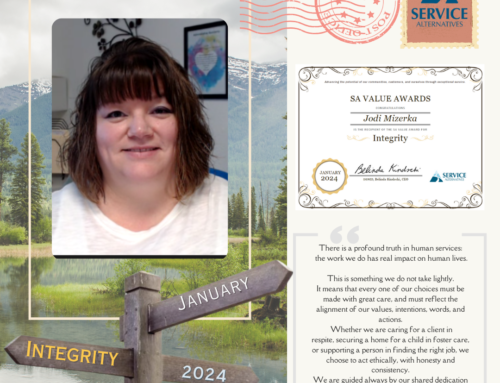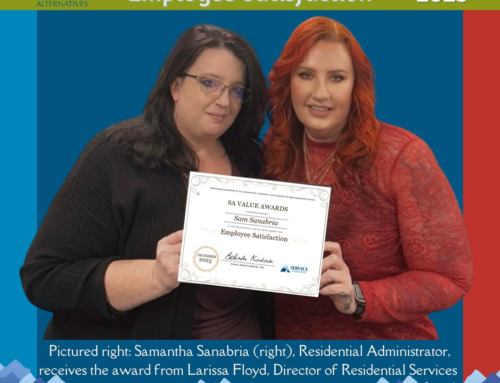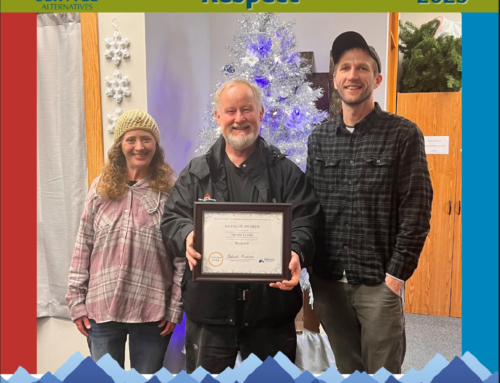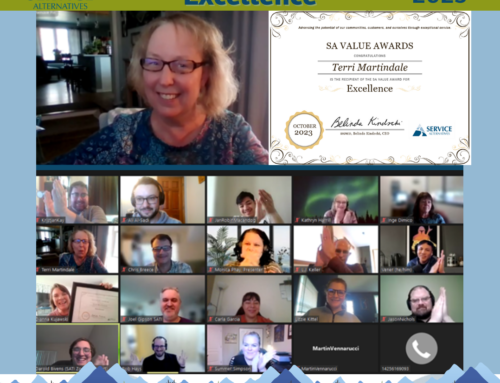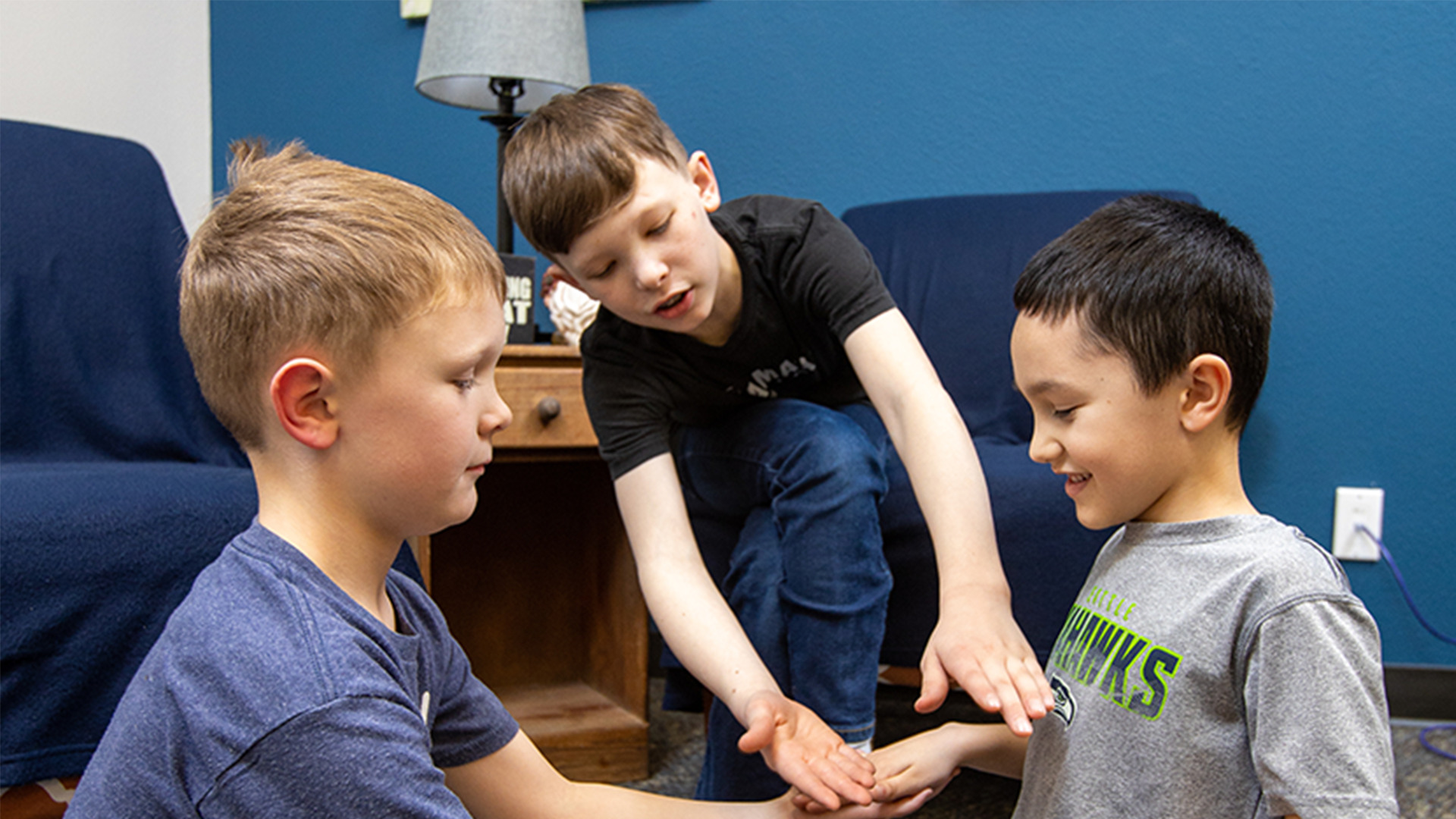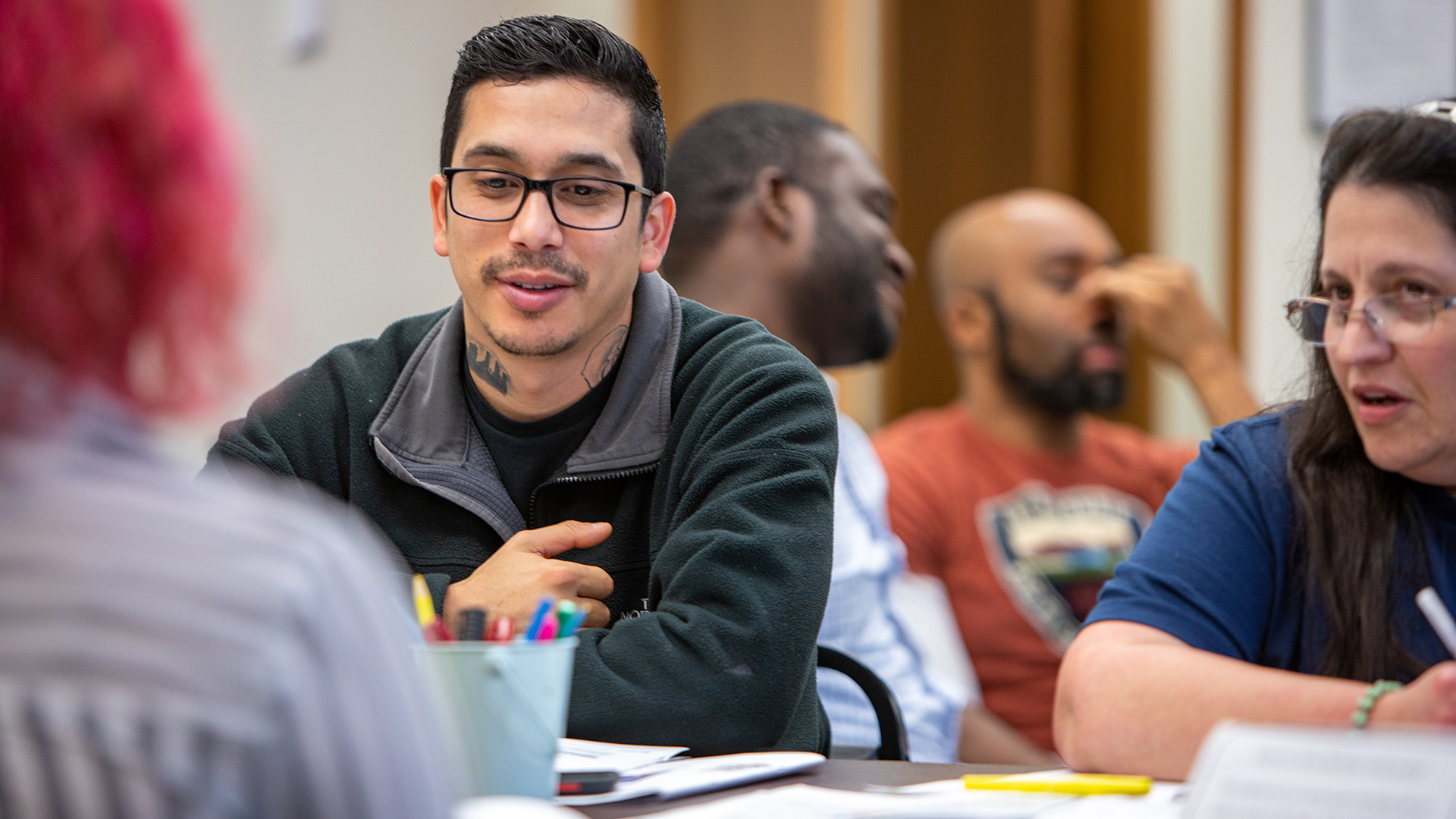
West Seattle on June 25, 2017.
As an executive coach, I think a lot about power in the work place and beyond. What is it? Where does it come from? How does it work?
Conventional thinking has us believe that power is the ability to push through, multi-task, drive for results and get things done. Business and management books are full of these suggestions. They brim with strategies for how to drill down, source root causes, and eliminate weak links. They teach us how to identify opportunities, dodge threats, and launch strategies to get better outcomes. And they offer up sage advice for how to hold it together even when it’s all falling apart. As long as we “keep on keepin’ on” in the right direction, they assure us, we’ll get results. And results means power.
But is this really power? Of course learning how to identify weak links, set clear strategy and keep cool under pressure is essential for realizing ambitious goals. Exercising these skills can make us like bamboo: resilient enough to bend with the winds of change, and durable enough to withstand a typhoon. But, like bamboo, this kind of power is ultimately hollow. Why? Because it has us focus on what the outer world wants, not what the inner world calls us to. It has us running to stand still instead of stopping to drop in. And in having us chase the eternal doing, it has us lose touch with that still inner voice of self-knowing, presence and intuition which tells us exactly which visions are worth pursuing, what course we should to take, and when it’s time to press pause – if we’re only willing to listen.
What if power is not about the ability to do, but the ability to not do? What if power is the ability to sit inside our experience – the good, the bad, and the ugly – and learn that terrain so powerfully and palpably that little in the outside world can throw us off center?
Think about it – what could be more powerful than sitting in difficult thoughts, worries, projections, and plans without losing a clear sense of what really matters? What could be more powerful than experiencing stress, anger, loss, boredom, or despair without losing touch with a sense that all is well? And what could be more powerful than meeting the physical pain, numbness, and exhaustion of our bodies breaking down with kindness, ease, and confidence?
As anyone who has done mindfulness practice knows, this is not easy. But when we exercise the willingness to see our experience directly without pushing away what feels painful or grasping for what feels good, something remarkable happens: we move past fear. And when this happens, webecome brave. We can tolerate difficult moments with patience, meet our suffering with kindness, and investigate our flaws with humor. We become generous, because now when we see someone acting out, melting down or just shutting off, we see in that person the same suffering we know deeply in ourselves. We start hearing the clear advice of our intuition. And in all of this, we become the grace, compassion and clarity that creates our inner guidance for the road ahead.
So if you find yourself seeking power so you can have more influence or a better advantage, or feel more in control, consider this: Power doesn’t come from doing more, better or faster. Power comes from a state of presence. And mindfulness brings you there.
You might be surprised how much more effortless your life and leadership become when you’re still enough to tap into the incredible intelligence that’s already there.
-Sandra



